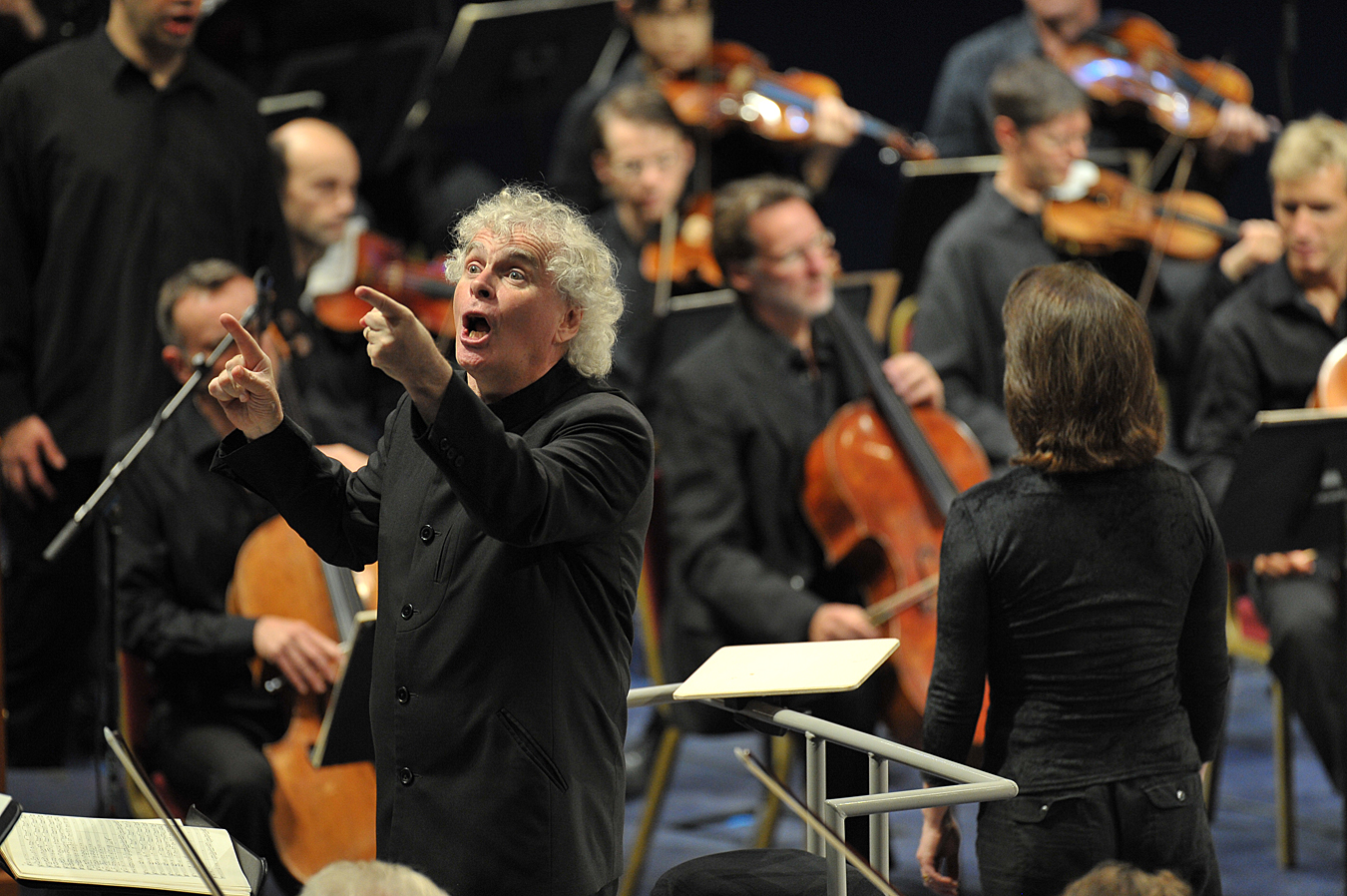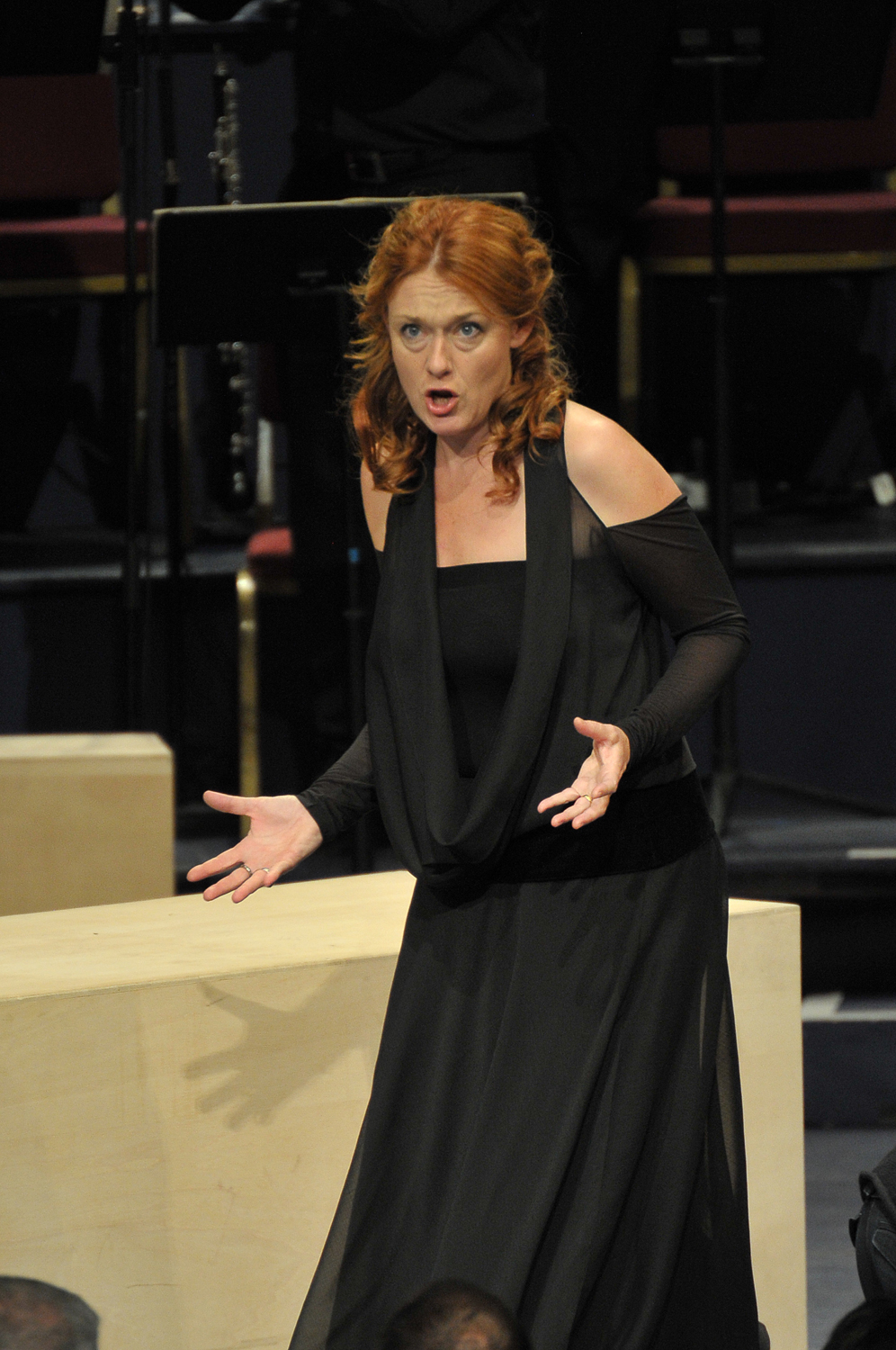Peter Sellars’ work used to be about making a statement. He would dislocate texts from contexts, subvert musical suggestion and ignore written statement for the sheer joy of the artistic friction it would generate. The beauty of his St Matthew Passion staging however, first seen in 2010, is that it does nothing of the sort.
By the end of three hours of delicate, interpersonal drama and choric tableaux, Sellars has made no statement at all, and that refusal, that restraint, allows Bach’s music to speak louder than any amount of “konzept”. Of course Sellars is not alone in this. Jonathan Miller’s St Matthew staging is equally, if not more, simple, but there’s a ritual stature to Sellars’ that Miller pulls back from, scared somehow to commit himself to any large-scale gestures.
Rattle’s reading emerged from the emotions of the music, apparently unmediated by any stylistic affinity or agenda
The Royal Albert Hall is a space that can swallow even the largest gestures whole, and Sellars himself reconceived the production for this Proms performance. He also reassembled almost all his original cast, with the exception of the now-retired Thomas Quasthoff, replaced here by bass Eric Owens. Singing without scores, as did both the Berlin Radio Choir and the young choristers of Wells and Winchester Cathedrals, the soloists were free not only to narrate the musical drama, but to enact it in a series of physical movements and encounters.

If the quality of the orchestral playing and chorus singing wasn’t quite matched among the soloists, then it had surprisingly little impact on the intensity of the performance. Some alchemy between Sellars’ movement, Rattle’s music, Mark Padmore’s astonishing, raw Evangelist and the space of the Royal Albert Hall held us all in a state of emotional reciprocity, transforming a rag-bag of parts into a transcendent whole.

Christian Gerhaher, underused as Christus, never quite found his vocal stride (though an off day for the German baritone still proved finer than other people’s best), while bass soloist Eric Owens held tantalisingly back, offering delicious hints but never fully showing his vocal hand.
On paper this wasn’t an exceptional performance. In the hall (and on Radio 3) though, it was transmuted. Call it an aesthetic ritual or a spiritual one, a collective act of artistic engagement or an act or worship – something came together in the moment here to make this Passion so much more than the sum of its parts. Whether the alchemist was Rattle, Sellars or Bach himself is hard to say, and that in itself might just be the secret.
- Hear Peter Sellars discuss his staging on Radio 3
- Listen to this concert for the next month on BBC Radio iPlayer














Add comment